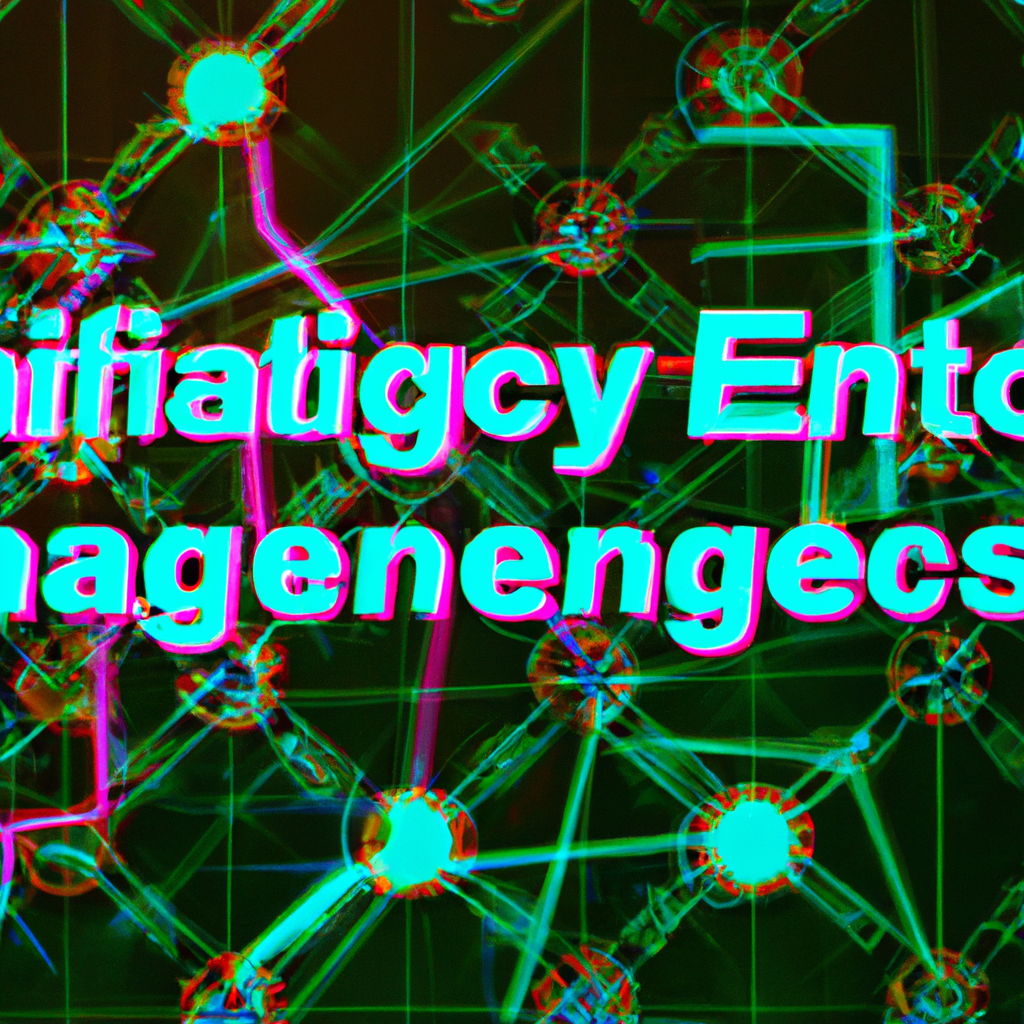Investigating the Efficiency of Graph Algorithms in Social Network Analysis
Table of Contents
Investigating the Efficiency of Graph Algorithms in Social Network Analysis
# Introduction
Social network analysis has become a fundamental tool in various domains, including sociology, marketing, and computer science. With the rapid growth of online social networks, the need for efficient algorithms to analyze and extract meaningful insights from these networks has become paramount. Graph algorithms play a crucial role in social network analysis, as they enable us to model and analyze the relationships between individuals or entities in a network. This article aims to investigate the efficiency of graph algorithms in social network analysis, exploring both the new trends and the classics of computation and algorithms in this field.
# Graph Algorithms in Social Network Analysis
Graph algorithms provide a powerful framework for analyzing the intricate connections between individuals in a social network. They enable us to identify important network entities, detect communities, measure centrality, and predict future interactions. However, the efficiency of these algorithms is a critical factor, especially when dealing with large-scale social networks. Let us delve into some popular graph algorithms used in social network analysis and examine their efficiency.
Breadth-First Search (BFS) BFS is a classic graph traversal algorithm that explores all the vertices of a graph in breadth-first order from a given source vertex. In social network analysis, BFS can be useful in finding the shortest path between two individuals or identifying the components of a network. While BFS has a time complexity of O(V + E), where V is the number of vertices and E is the number of edges, its efficiency can be improved using specialized data structures such as adjacency lists.
Depth-First Search (DFS) DFS is another fundamental graph traversal algorithm that explores as far as possible along each branch before backtracking. This algorithm is commonly used in social network analysis to detect cycles in a network, compute connected components, and perform graph coloring. Similar to BFS, DFS has a time complexity of O(V + E), and its efficiency can be enhanced by using efficient data structures like adjacency lists or matrices.
Shortest Path Algorithms Shortest path algorithms, such as Dijkstra’s algorithm and the Bellman-Ford algorithm, are crucial in social network analysis for finding the shortest path between two individuals. These algorithms allow us to measure the distance or similarity between entities in a network. Dijkstra’s algorithm has a time complexity of O((V + E) log V) when implemented using a binary heap, while the Bellman-Ford algorithm has a time complexity of O(VE). Both algorithms can benefit from optimization techniques like bidirectional search or the use of Fibonacci heaps.
Centrality Algorithms Centrality measures the importance or prominence of an individual within a social network. Various centrality algorithms have been developed, including Degree Centrality, Betweenness Centrality, and Eigenvector Centrality. These algorithms help identify influential individuals, bridge connectors, and key players in a network. The efficiency of centrality algorithms depends on the graph size and the algorithm’s implementation details. Approximation algorithms, such as Katz centrality, can provide faster results for large-scale networks.
Community Detection Algorithms Community detection aims to partition a social network into groups or communities based on the similarity of individuals’ connections. Popular community detection algorithms include Girvan-Newman, Louvain, and Infomap. These algorithms enable us to understand the structure and dynamics of social networks by identifying cohesive groups and their interconnections. However, community detection algorithms can be computationally expensive, especially for large networks. Advanced techniques like modularity optimization and parallel processing can enhance their efficiency.
# Improving Efficiency in Social Network Analysis
Efficiency in social network analysis can be improved through various techniques, including algorithmic optimizations, parallel computing, and distributed computing. Here are some strategies to enhance the efficiency of graph algorithms in social network analysis:
Algorithmic Optimizations: Analyzing and optimizing the time complexity of graph algorithms is crucial. Techniques such as pruning, approximation, and heuristics can help reduce the computational load without sacrificing accuracy.
Parallel Computing: Exploiting the inherent parallelism in social network analysis can significantly speed up graph algorithms. Parallel algorithms, such as parallel BFS or parallel community detection, can be implemented using frameworks like MapReduce or Apache Spark.
Distributed Computing: Social networks can be massive, requiring distributed computing approaches. Distributed graph processing frameworks like Apache Giraph or GraphX enable efficient computation across clusters of machines, allowing for scalable analysis of large-scale networks.
Hardware Acceleration: Utilizing specialized hardware accelerators, such as GPUs or FPGAs, can boost the computational performance of graph algorithms. These accelerators can be leveraged to parallelize graph traversal or centrality computations, improving the overall efficiency of social network analysis.
# Conclusion
Efficiency is a crucial aspect of graph algorithms in social network analysis, given the ever-growing scale and complexity of social networks. This article explored the efficiency of various graph algorithms used in social network analysis, including BFS, DFS, shortest path algorithms, centrality algorithms, and community detection algorithms. We also discussed strategies for improving efficiency, such as algorithmic optimizations, parallel computing, distributed computing, and hardware acceleration. As social network analysis continues to evolve, it is imperative to focus on enhancing the efficiency of graph algorithms to extract meaningful insights from large-scale networks efficiently.
# Conclusion
That its folks! Thank you for following up until here, and if you have any question or just want to chat, send me a message on GitHub of this project or an email. Am I doing it right?
https://github.com/lbenicio.github.io

